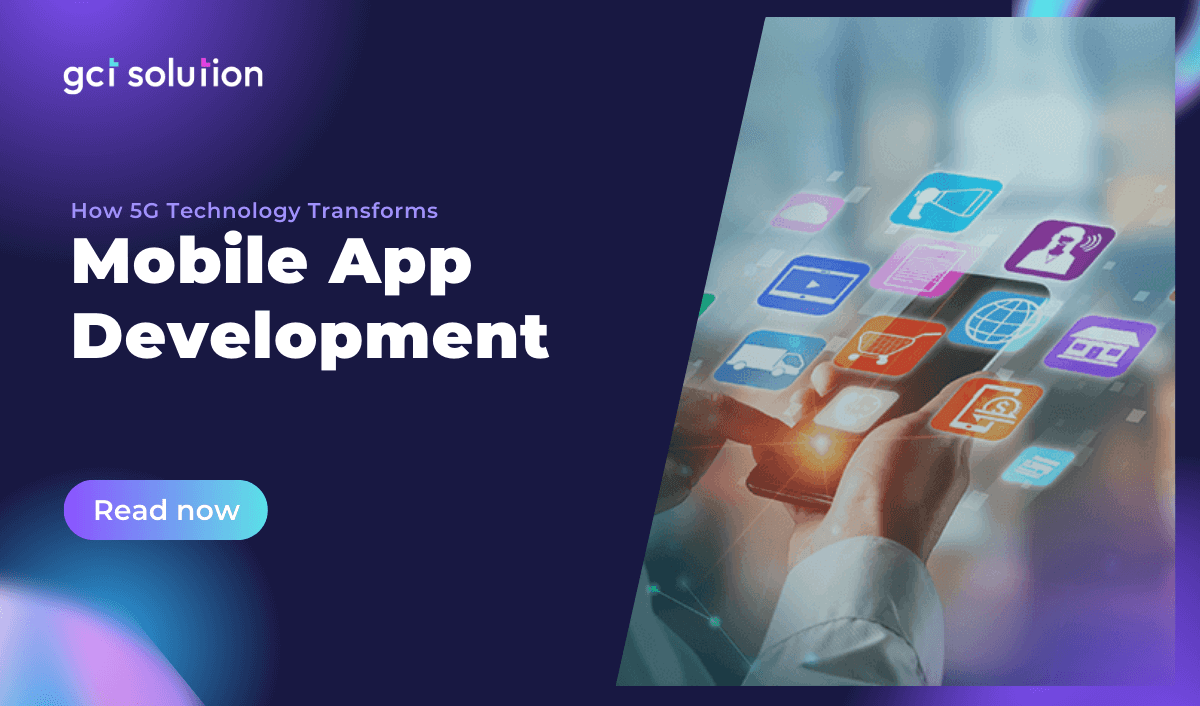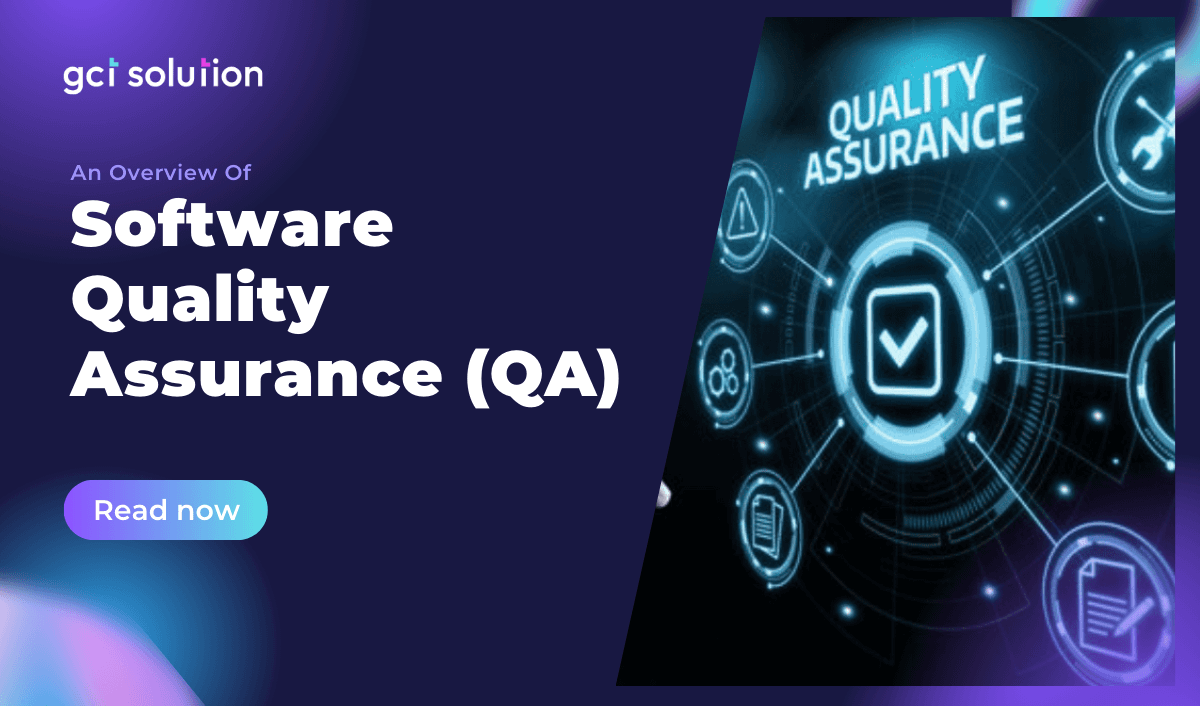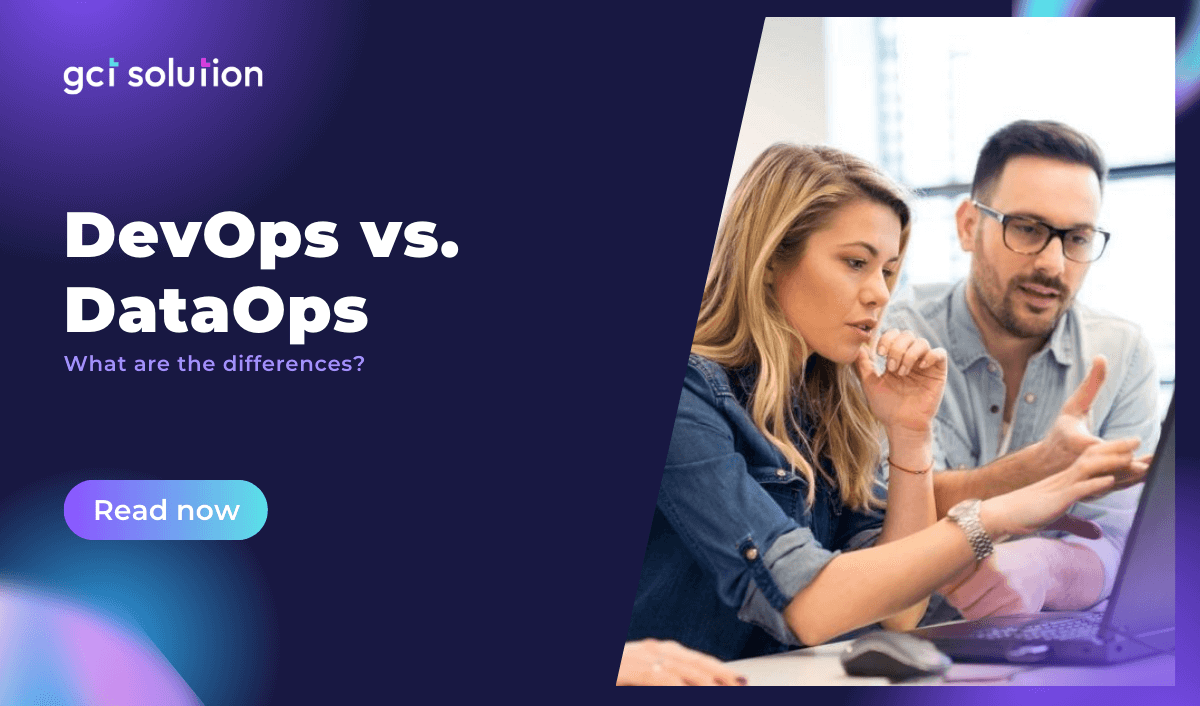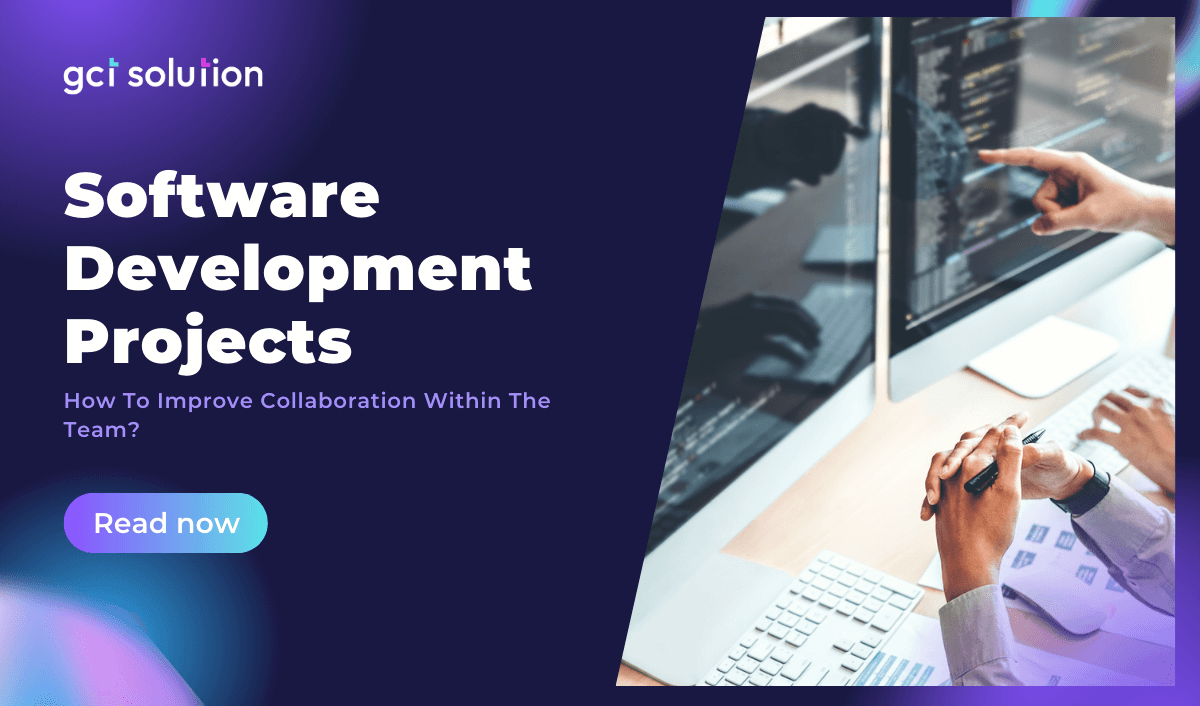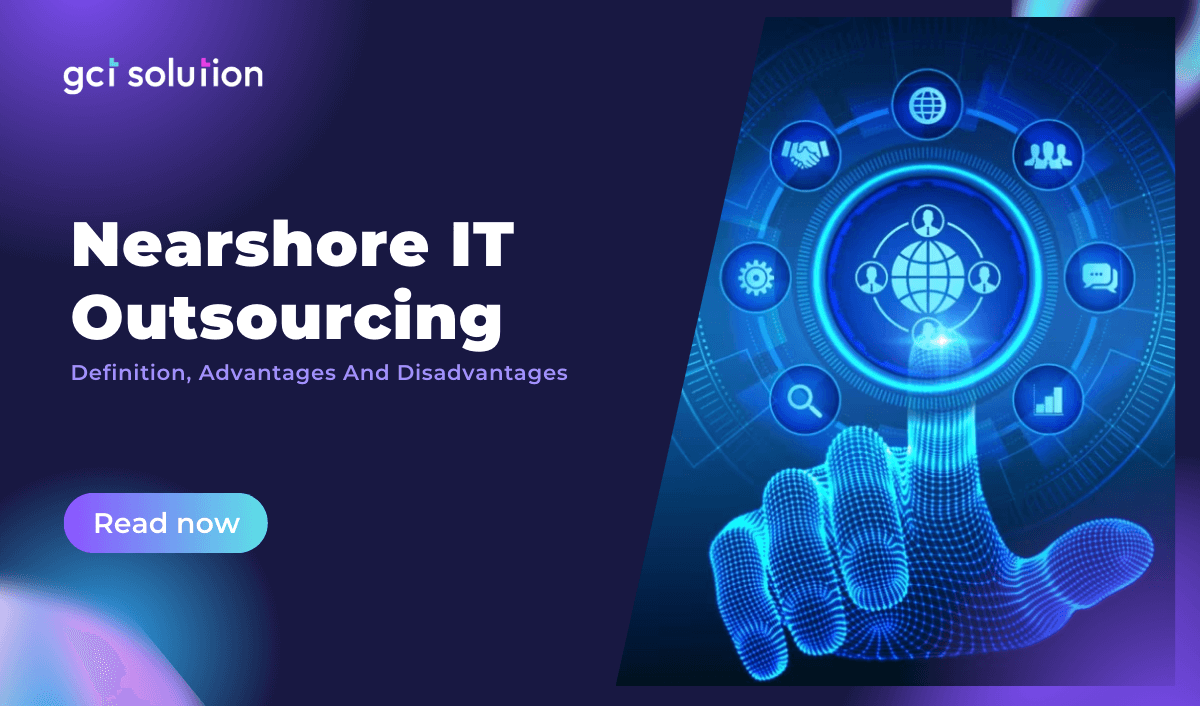More and more apps with different functionalities have emerged to meet the needs of digital customers, including FinTech apps, eCommerce apps, and Super Apps. These apps also gather potentially private data, such as credit card details, credit card numbers, phone numbers, and email addresses, allowing corporations to more accurately assess how their services are doing. It also suggests that hackers might be able to get their hands on that data and illegally use it. As a result, greater security must be focused on while developing mobile apps to guarantee that user data is protected. This post will provide some essential details on mobile app security, including its significance, typical challenges, and workable solutions.
How 5G Technology Transforms Mobile App Development
To meet the expectations of consumers, cutting-edge technologies continue to emerge in our digital age, delivering enhanced connectivity, simpler accessibility, and faster speeds. 5G technology is the solution, bringing great benefits to Software Development Company, especially in carrying out Mobile App Development with extra features.
An Overview Of Software Quality Assurance (QA)
Have you ever wondered how an IT firm make sure that their products are reliable, stable, and of excellent quality? QA (Quality Assurance) is the solution. As one of the most significant stages in Software Development Life Cycle, the QA team takes responsibility for evaluating the products’ functionality, usability, compatibility, security, and performance.
DevOps vs. DataOps: What are the differences?
DevOps vs. DataOps are two distinctly different pursuits. Both are based on Agile methodology that is designed to accelerate working cycles. But where DevOps focuses on product development, DataOps aims to reduce the time from data needed to data success. Both DevOps and DataOps are crucially cross-functional in the development of the business.
Software Development Projects: How To Improve Collaboration Within The Team?
Collaboration within a software development team plays a critical part in a company's operations and growth. If the collaboration between teammates fails, productivity will suffer. To keep the business running smoothly, companies must have methods to encourage employees to collaborate with their coworkers.
Onshore Software Development Outsourcing: Definition, Advantages and Disadvantages
Continuing the series of Offshore, Nearshore and Offshore Software Development Outsourcing, we take a deep dive into Onshore Software Development Outsourcing in this article. We mention 3 aspects: definition, advantages and disadvantages.
Nearshore IT Outsourcing: Definition, Advantages and Disadvantages
Continuing the series of Offshore, Nearshore and Offshore IT Outsourcing, we take a deep dive into Nearshore IT Outsourcing in this article. We mention 3 aspects: definition, advantages and disadvantages.
Incremental And Iterative Model: What Is It? How Does It Work?
The Incremental and Iterative Model is a part of the SDLC. Containing both incremental and iterative nature, the model combines the best of their advantages. That’s why this process is among one of the most popular software development models.
Spiral Model: What Is It? How Does It Work?
The Spiral Model is a part of the SDLC in which the processes are used for risk management. The Spiral Model is preferred by software developers who are in charge of big, costly, and complicated projects.
Rational Unified Process (RUP): What Is It? How Does It Work?
Rational Unified Process, or RUP in short, is one of the 8 most popular software development models. In this article, under the viewpoint of an IT outsourcing company, we will help you have a clear look at RUP in software development.


